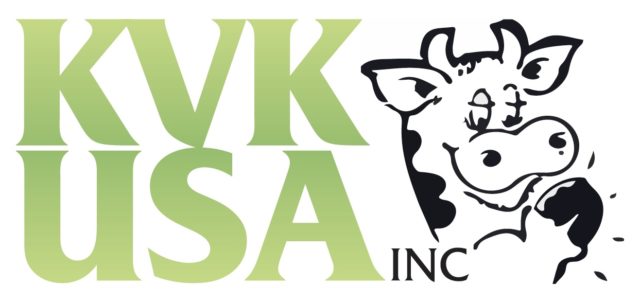See a need: Contrary to the image of fresh air and peaceful surroundings, thousands of farmworkers are injured, and hundreds more die in farming accidents every year.
Despite industry efforts, the National Safety Council lists agriculture as one of the most hazardous industries.
A survey conducted in 2007 by Fond du Lac County UW Extension on 34 dairy farms and with 309 employees in Fond du Lac and Sheboygan County demonstrated the need for training videos in English and Spanish.
The training had to be in both audio and video format for employees to clearly understand the content and needed to be delivered in a way that fit the schedule of a farmworker. Further research discovered a lack of training resources for dairy farm workers. Another area of concern is for children on farms. According to OSHA, there are 33,000 farm-related injuries to children each year across the farm community.
It is critical to provide the necessary training to keep the next generation of future farmers and farm employees safe on their farms. The increase in a diverse workforce, communication and a lack of on-farm experience can create a barrier to providing safety training.
There is a need for simple, transportable training to be used in a variety of applications. Training videos overcome language and experience barriers that can be shared on social media platforms, accessed via phone, tablet or other mobile devices.Courtesy photo.
FILL a need:
To increase awareness of farming hazards, and by making a conscious effort to prepare for emergency situations, Liz Binversie and Trisha Wagner, agricultural educators, University of Wisconsin Extension, have created a series of training videos about on-farm safety.
They have collaborated with Cheryl Skjolaas, UW Extension Farm Safety Specialist, UW Center for Ag Safety and Health; Marsha Salzwedel, Agricultural Youth Safety Specialist, National Farm Medicine Center; and Dean Leisgang, CESA 7. Since 2014, with support from PDPF, they have created videos on agricultural chemical safety for dairy farm employees, general farm safety guidelines and farm safety for children and youth.
Liz Binversie

Liz Binversie says, “Through surveying, we discovered a large percentage of the farm workforce has not had much formalized education. Videos become a tool to make information available in an easy and accessible way that offers critical training to farm employees.
“The UW team held one-on-one meetings to get feedback on what the need and type of content dairy farms needed to provide safety training. Another barrier was how to talk about farm safety without pointing fingers and to raise awareness in a non-threatening manner.
Some farmworkers do not feel they have access to resources because of long work days, a lack of trust in institutional resources and language barriers. Often a translator is needed, but the farmer needs to know the material is translated properly. It takes longer to say something in languages other than English and, of course, much longer in more than one language.
“Child safety on the dairy is an underserved training topic. Adults have the power to decide how kids can be safe on the farm and need to take that responsibility.
“Marketing the videos has been a learning experience. The videos are available on YouTube. Originally, the intent was to sell the CDs on the website to generate revenue for future videos. As technology has evolved, YouTube seems a better fit to get the training into the hands of those who need it.
The cellphone is a great tool, a YouTube video can be viewed easily, and some dairies have smart TVs. The Pesticide Applicator Training Program have been instrumental in promoting the ag chemical safety videos as well as extension publications and Latino newspapers. Another learning experience has been how to identify the proper resource on the dairy and get the information into their hands.
“Raising awareness is the goal of the safety videos. We often hear the headline of the most common and tragic accidents, but prevention is the key to farm safety. It is important to break through the thinking that an accident can never happen on our farm or to me.”
Better safety practices and informed farmworkers reduce fatalities and injuries as well as the associated cost of workers compensation insurance premiums, lost production and medical expenses. A safer workplace improves morale and empowers employees, and is the right thing to do.
America’s dairy farmers provide safe, quality milk and dairy products. Our commitment to quality also means caring for our animals, land and people. PDPF is committed to supporting initiatives that align with this goal. ![]()
PHOTOS: Safety training. Courtesy photos.
America’s dairy producers are an important part of our rural communities and local economies. Dairy farmers established the Professional Dairy Producers Foundation to ensure our dairy farms remain viable and socially responsible for generations to come. Through meaningful donations, dairy farmers and industry leaders keep the next generation of farmers and farm employees safe.






